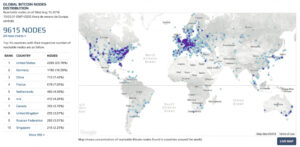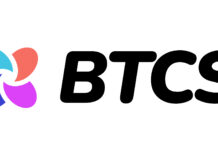Users participating as a node in the Bitcoin Lightning Network are now earning small amounts of Bitcoin (BTC) as a fee for the transactions they perform.
Lightning Network is a protocol that aims to scale and accelerate the Bitcoin blockchain allowing transactions storing only data that’s strictly necessary, making transactions instantaneously and with a lower transaction fees. Back in December 2017, the Bitcoin network was so congested that transaction fees went up to $30 compared to the current cost of $0.03.

However, users of this network do not receive large figures since the average fee per transaction is currently quoted at a single Satoshi (0.00000001 BTC), equivalent to $0.000063 taking a market value of $6,300/BTC. Alex Bosworth, one of the developers and biggest enthusiasts of the lightning network reported that these users could be generating up to $2.
You are charging a $2 fee but may have overlooked updating this after your upgrade to SegWit addresses. A transaction with SegWit at current market rates should cost more along the lines of $0.02 than $2.00
— Alex Bosworth (@alexbosworth) June 28, 2018
This market is just emerging and its growth shows that Bitcoin enthusiasts are willing to collaborate and participate in the implementation and adoption of new technologies in exchange for a few Satoshis. Currently, participation in this network requires advanced technical knowledge and digital storage capacity. To be a Lightning Network node it is necessary first to download the Bitcoin Core software to store the full Bitcoin blockchain size (over 145 GB) and then download the Lightning Network software. As of now, the Bitcoin network has about 9,615 nodes and the Lightning Network has about 3,125.


Interested in technical information about the Lightning Network?
For more information on Lighting Network, the article by Jonathan Chester for Forbes contains general information and interviews with the most important developers of the Lighting Network. Additionally, the user guide made by Johnny Plam for Coinmonks in Medium contains a step-by-step guide on how to create a node in the Lighting Network Eclair in Windows.
















